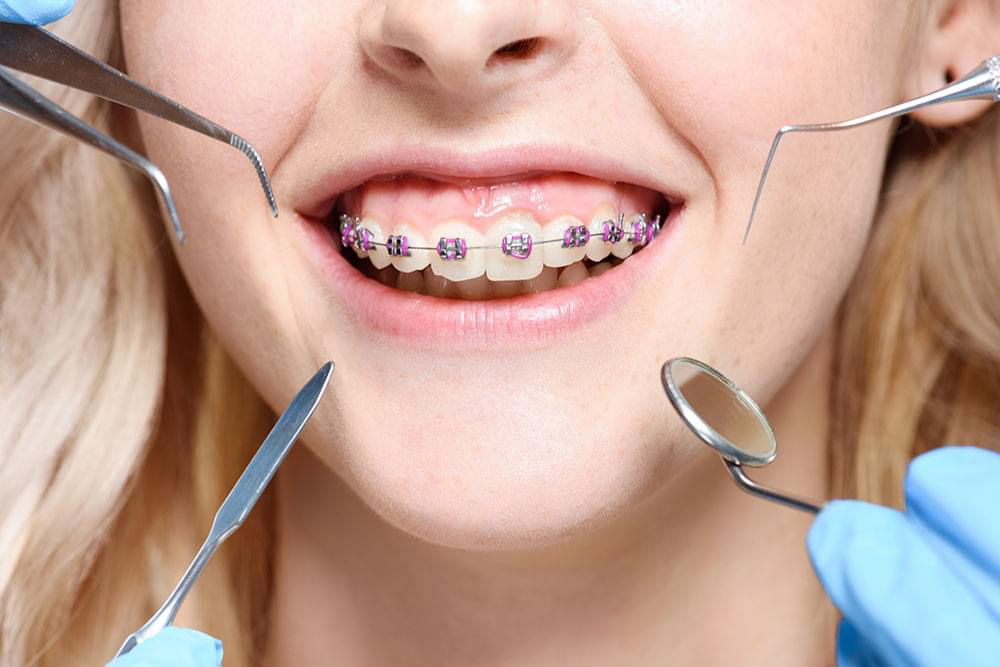The purpose of orthodontic treatment is not only to make an aesthetic contribution to the person by correcting the crookedness of the teeth and the disharmony in the jaw. In addition, one of the duties of this field of expertise is to prevent possible tooth decay, tooth and gum diseases, and joint problems.

When should the first examination in orthodontics be performed?
Every conscious parent; Even if your child does not have a visible problem, he/she should take him/her to an orthodontist for a check-up when he/she is 6-7 years old.
Except that;
- People who breathe through their mouth or have adenoid problems
- Those who have used a pacifier for a long time
- habit of thumb sucking
- with cleft lip and palate
- Those who are missing teeth or have had a hard blow to their jaw
- On the mother’s or father’s side, the lower or upper jaw is too forward/forward
- If a condition commonly referred to as toothache is observed (children whose upper front teeth are too far forward, there is a high probability of their front teeth breaking when they fall).
- Early milk tooth extraction for any reason
- Every child who is thought to have crooked teeth should be examined by an orthodontist.
Does Age Matter in Orthodontic Treatment?
Nowadays, parents are closely interested in their children’s oral health. If the first orthodontist visit is made around the age of 6-7, when the milk teeth begin to fall out and the permanent teeth begin to erupt, some orthodontic problems can be solved with very simple interventions from the end of the milk dentition period, without postponing it to the adult period.
The orthodontist will guide, like a traffic police officer, in ensuring that these teeth erupt and position themselves on their own path, without colliding with each other, during the phase of the baby teeth falling out and the permanent teeth erupting. Different ages will be appropriate for the treatment of different orthodontic anomalies. During the first orthodontist visit, the orthodontist will share with the family, based on his clinical experience and foresight, whether an orthodontic anomaly will occur and when the most appropriate treatment time will be. Some bad habits, such as thumb sucking, can be abandoned at an early age with the help of an orthodontist.
